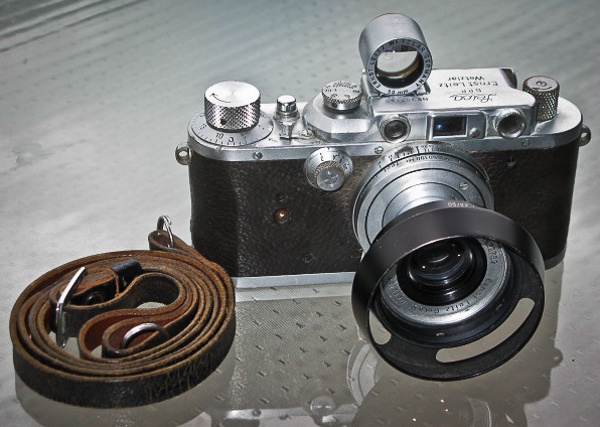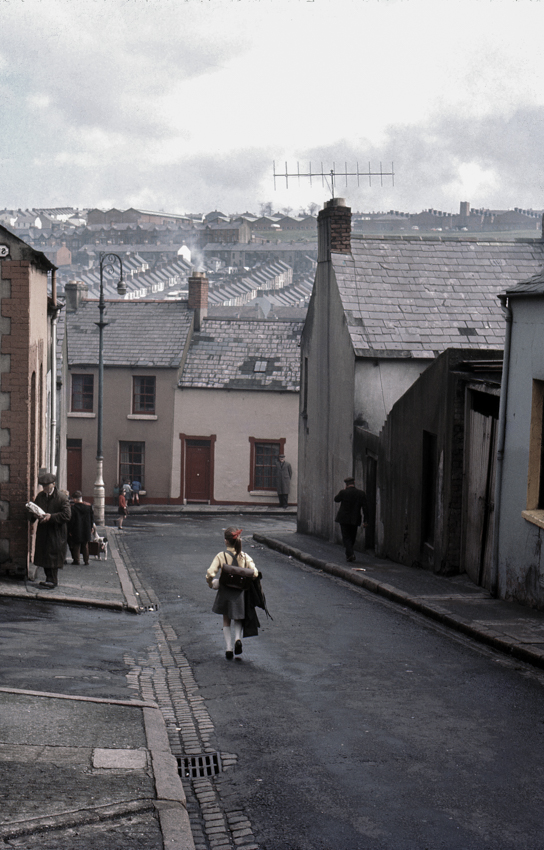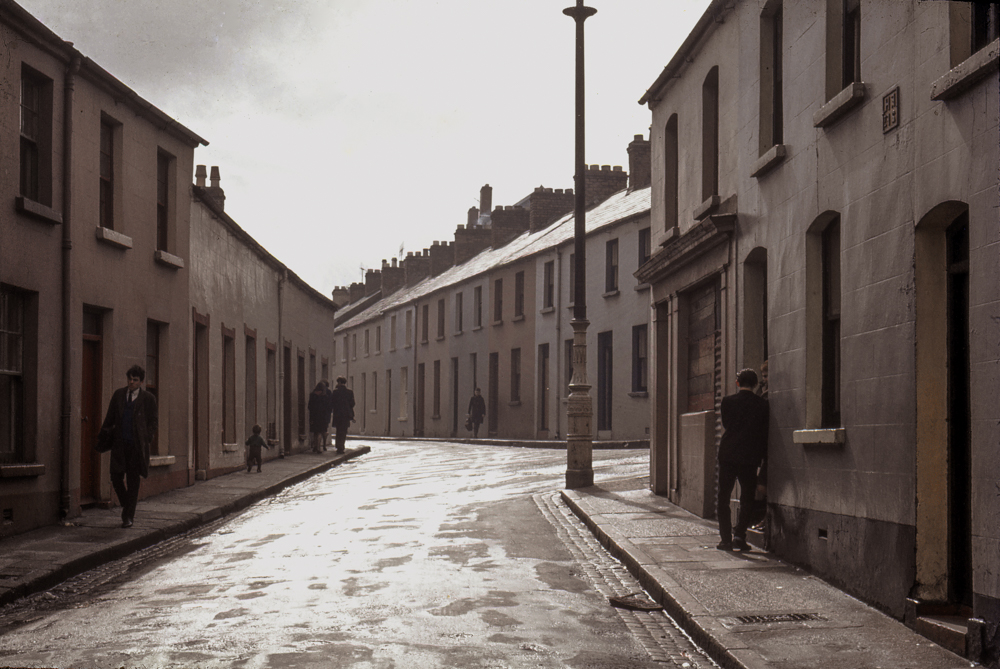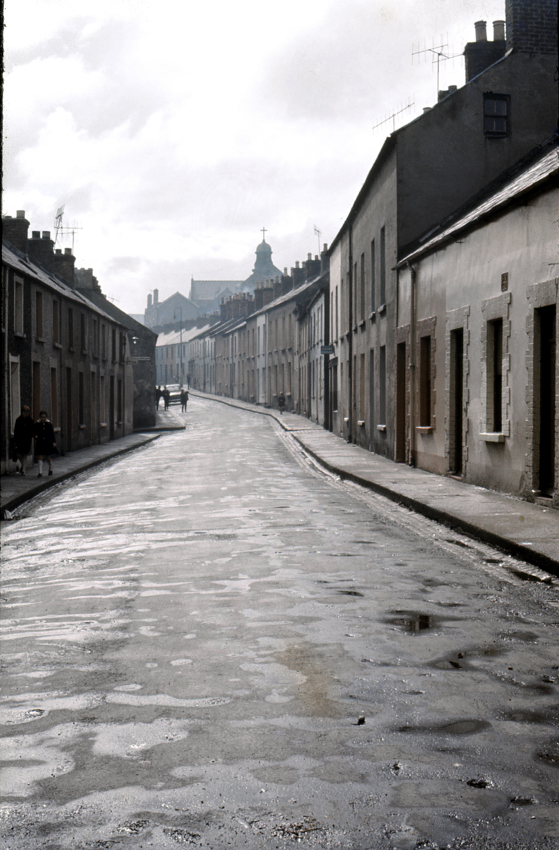Way back in 1960 when I was just 14 my high school biology teacher started a school camera club. At the inaugural meeting he handed around his Leica―I believe it was a Leica II―and prints from his 1930s travels in India and Burma. From that first moment when I handled the jewel of a camera and saw the pictures it produced I was hooked. I just had to have a Leica.
It took me seven years to achieve my ambition in the form of a 30-year-old Leica IIIa –with f/2.8 Elmar lens, lens hood, accessory brightline viewfinder and Leica neckstrap. It cost me all of £19 from a camera shop in Reading in 1967. The thought of buying a 30-year-old camera today other than as a collectable item seems absurd. But progress was much slower then and a IIIa was still regarded as a serious working/hobby camera although the Japanese SLRs, particularly the Asahi Pentax Spotmatic, were making rapid inroads into the market. Which is why my Leica was lying unloved in a camera shop window. Nonetheless, £19 was in those days a fair bit of money for a camera, something between £300 and £650 in today’s inflated currency¹.
I still have that IIIa and all the pieces which came with it although I have not put a film through it for over 30 years. It is difficult to use by today’s standards: No coupled exposure meter and a tiny viewfinder built into the camera which is why the OVF is so useful. The Leica is also very heavy but feels like the precision instrument that it is.
When I had owned it for a few months I went on a research trip to Northern Ireland and visited Londonderry, just a few weeks before the “troubles” erupted. The photos I took on that visit show a very grim place and I am surprised that I had the nerve to stand in those mean streets taking photos so openly. The slides were taken on Kodak Ektachrome film which I put into glass mounts. Not a good idea in hindsight as the hot, humid conditions here in Australia, where I now live, have meant that fungus grows on the film in the glasshouse conditions. Unfortunately it is not possible to take the film out because it is now stuck to the glass.
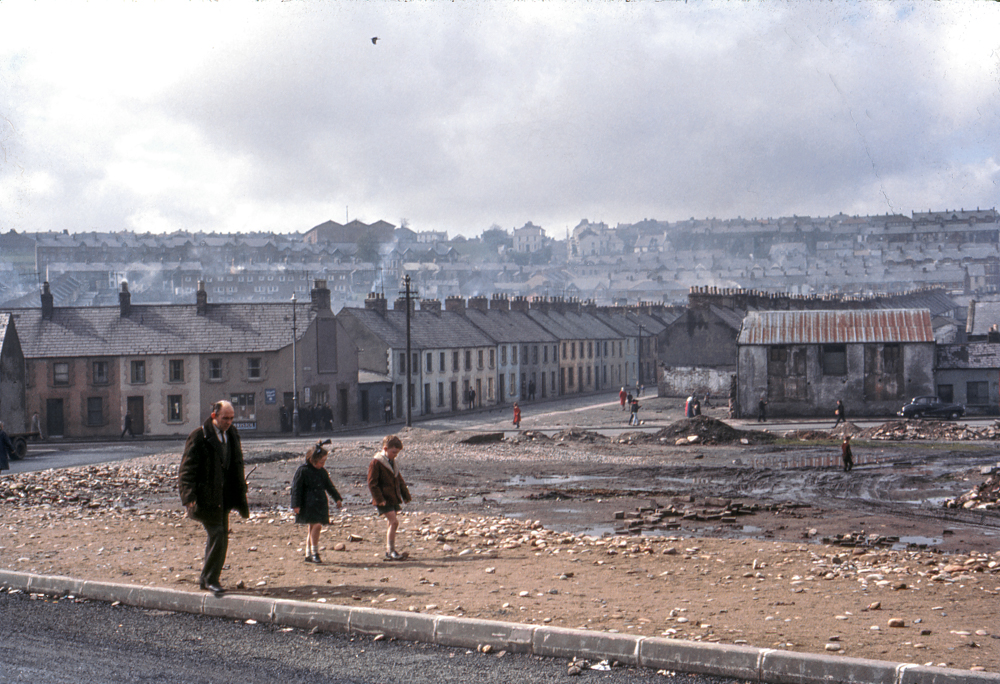
See John’s excellent web site, The Rolling Road
¹ Today’s relative value of £19 in 1967 ranges between £300 (based on the percentage increase in the retail price index) to £645 (based on the income equivalent).

